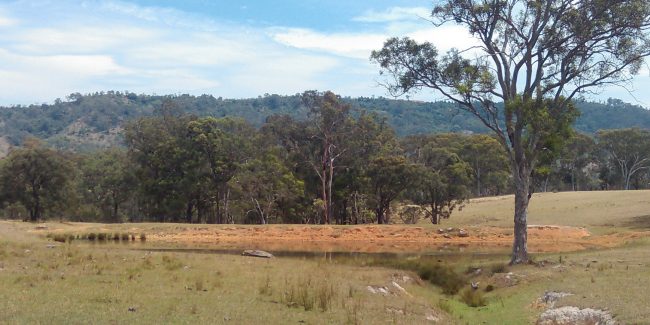5 good reasons for environmental due diligence
Environmental due diligence is an assessment process to identify whether a property is contaminated or not. Read five good reasons for environmental due diligence.
Environmental due diligence assessments are common for real estate acquisitions, sales, leases and financing transactions. Its main purpose is to assess whether a property has been contaminated by current or historical activities or whether contamination has migrated from a neighbouring parcel of land. If contamination exists, the buyer may have to take on any associated liabilities.
Good environmental due diligence will define and quantify contamination and ensures buyers and others are well informed about the true cost of a land transaction. A due diligence assessment can be invaluable in a sales negotiation, but also important for cost effective and time efficient property development.
5 good reasons for environmental due diligence
- The ultimate responsibility for cleaning up a contaminated site rests with the land owner if the polluter can’t be found or is unable to clean up the mess. Due diligence investigations protect buyers from unwittingly accepting environmental liabilities that haven’t been factored into project costs or timelines.
- If the property being acquired is to be developed, it is important to determine whether any contamination will prevent the project from being approved for the planned land use.This is particularly important for any material change in land use such as redeveloping an industrial site for residential apartments.
- Brownfield sites for redevelopment may need clean up plans and validation reports to get Council approval. To avoid ruinous cost blow outs and project delays, due diligence can be critical in determining the clean up costs and time frame before committing to a purchase.
- Lenders may want to verify whether a property is affected by contamination or not. If it is affected, they will want to know that the cost of clean up does not affect the purchase price or the borrower’s ability to fund the remedial activities.
- The cost of renovating or demolishing a building may increase substantially if the removal of asbestos is required. In some cases, an asbestos inspection can be the most important aspect of the due diligence.
How much is enough?
Environmental due diligence can be straightforward, such as an asbestos inspection on an existing building, or more complicated and involve a detailed site assessment incorporating soil and groundwater sampling. As a bare minimum, a records review should be undertaken to identify any potential contamination concerns. If contamination risks are identified, these can be followed up with a site inspection; interviews with past and present owners; and / or invasive testing. Unfortunately, sample testing and analysis provides the best evidence for contamination, however, the due diligence strategy will depend on the proposed land use and related commercial objectives.
Commercial focus
Good environmental due diligence requires a clear understanding of the desired land use, whether development controls exist and the potential contamination risks. The buyer, their attorney and the environmental consultant need to work together to determine the scope for due diligence. This way all parties can agree on what compromises can be made between dependable and adequate due diligence in light of project time frames and cost constraints.
Industrial land can be highly contaminated
Geo-Logix recommends that purchases of industrial land exceeding $2 million would benefit from environmental due diligence before purchase and sees it as a particularly astute risk mitigation strategy for any redevelopment sites involving highly contaminating businesses such as service stations and dry cleaners.
Geo-Logix due diligence services

